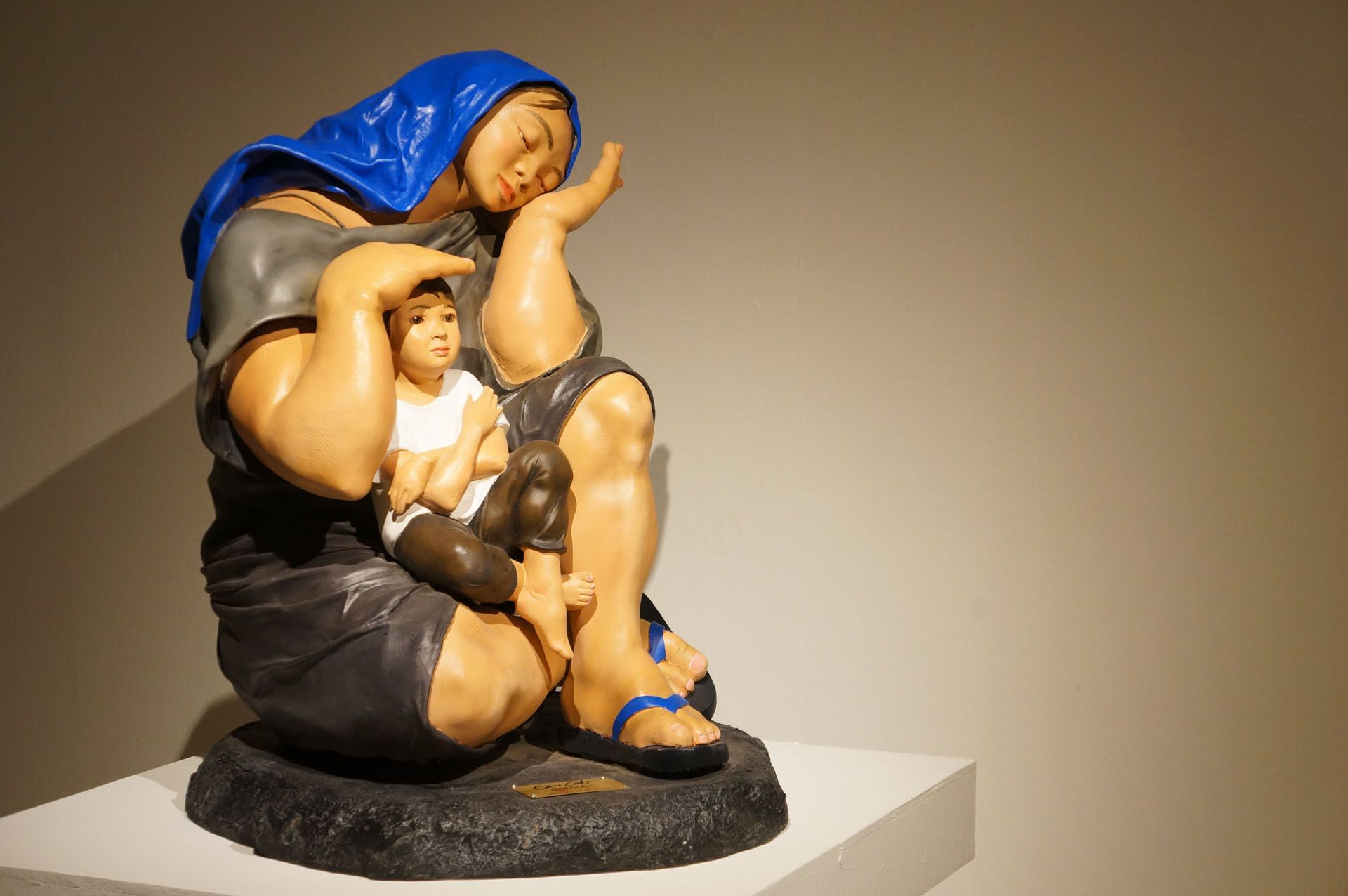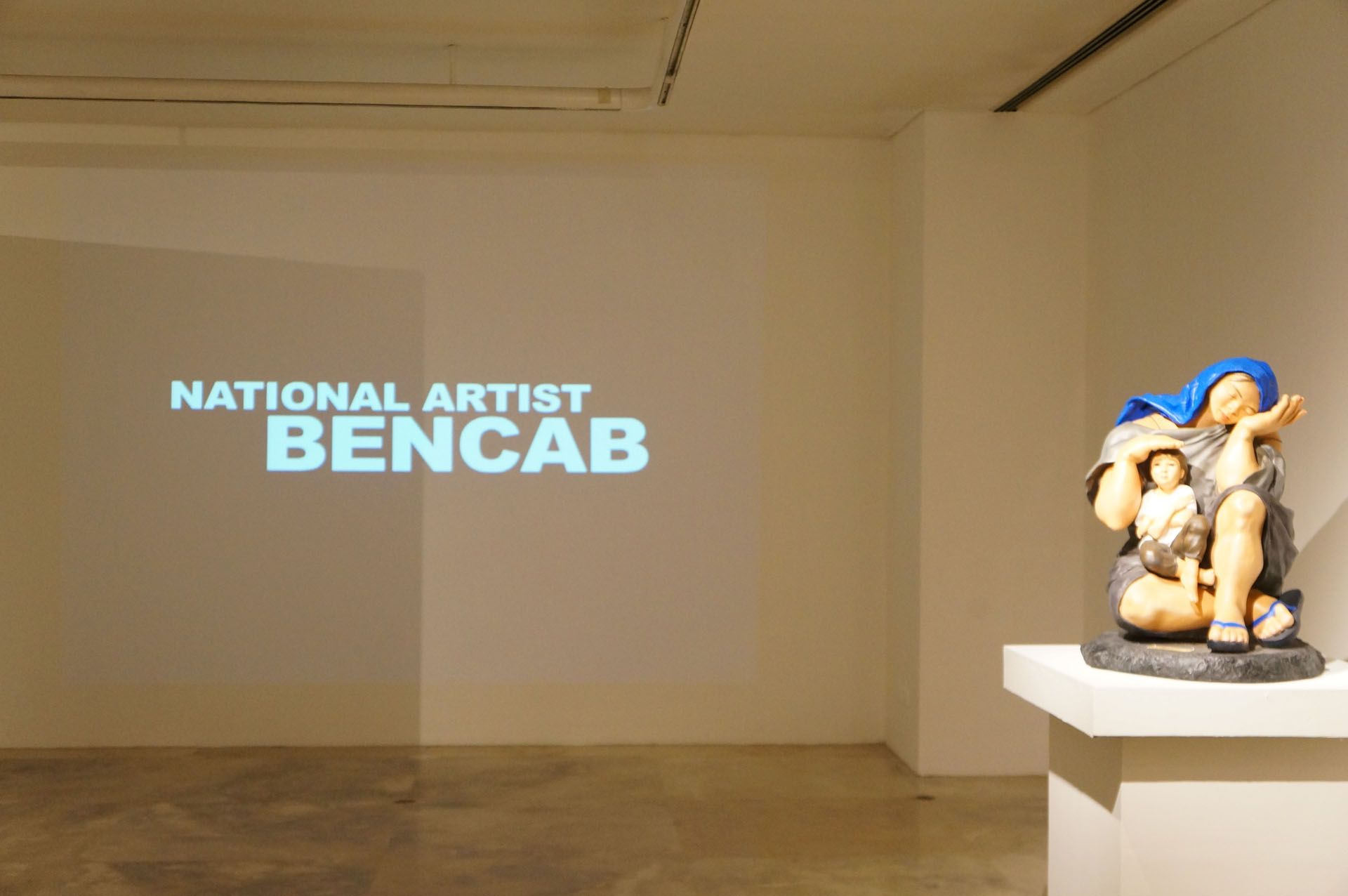In celebration of BenCab’s 50 creative years, we take a look back at some of the significant points of his artistic journey and how he has been hailed as one of the most important figures in Philippine contemporary art scene.
Benedicto Reyes Cabrera (born April 10, 1942), better known as "BenCab", is a Filipino painter and was awarded National Artist of the Philippines for Visual Arts (Painting) in 2006. He has been noted as "arguably the best-selling painter of his generation of Filipino artists."
BenCab was born to Democrito Cabrera and Isabel Reyes in Malabon, Philippines on April 10, 1942. He was the youngest of nine children. BenCab's first exposure and discovery of the arts happened through his elder Brother Salvador, who was already an established artist during Bencab's childhood.
He went on to study at the University of the Philippines Diliman. He received his bachelor's degree in Fine Arts in 1963.
See Also: The Strokes of Genius: 5 of Bencab's Most Famous Works
1. He was a student of another National Artist

Benedicto Cabrera’s artistic talent was very apparent at a very young age. As a young child, he painted on readily available surfaces of pavements and walls, made extra money by doing his classmates’ illustration assignments, and bagged prizes and recognitions from amateur art contests. When he enrolled at the University of the Philippines’ College of Fine Arts, he had the opportunity to work with one of his professors, Jose Joya. Jose Joya, known for his abstract paintings, posthumously received the honour of being a National Artist for Visual Arts in Painting last 2001. Meanwhile, Cabrera received the same award in 2006.




